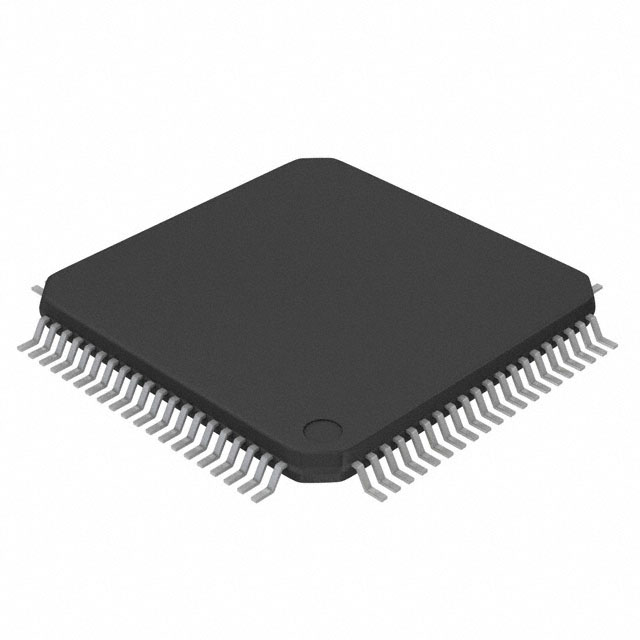SN74V273PZAEP
Manufacturer No:
SN74V273PZAEP
Manufacturer:
Description:
IC FIFO SYNC 32KX9 5NS 80LQFP
Datasheet:
Delivery:





Payment:




In Stock : 10
Please send RFQ , we will respond immediately.









SN74V273PZAEP Specifications
-
TypeParameter
-
Voltage - Supply3.15 V ~ 3.45 V
-
Supplier Device Package80-LQFP (14x14)
-
Package / Case80-LQFP
-
Mounting TypeSurface Mount
-
Operating Temperature-55°C ~ 125°C
-
FWFT SupportYes
-
Retransmit CapabilityYes
-
Programmable Flags SupportYes
-
Expansion TypeDepth, Width
-
Bus DirectionalUni-Directional
-
Current - Supply (Max)35mA
-
Access Time5ns
-
Data Rate133MHz
-
FunctionSynchronous
-
Memory Size288K (16K x 18)(32K x 9)
-
DigiKey ProgrammableNot Verified
-
PackagingTray
-
PackagingBulk
-
Product StatusObsolete
-
Series74V
The SN74V273PZAEP is a specific model of integrated circuit chip manufactured by Texas Instruments. It is a D-type flip-flop with a clear input, which means it can store and transfer a single bit of digital information. Here are some advantages and application scenarios of this chip:Advantages: 1. High-speed operation: The SN74V273PZAEP chip operates at a high clock frequency, making it suitable for applications that require fast data transfer and processing. 2. Low power consumption: It is designed to consume minimal power, making it energy-efficient and suitable for battery-powered devices. 3. Wide operating voltage range: The chip can operate within a wide voltage range, allowing it to be used in various electronic systems. 4. Easy integration: The chip is available in a small package and can be easily integrated into larger electronic circuits or systems.Application scenarios: 1. Digital data storage: The SN74V273PZAEP chip can be used to store digital data in applications such as registers, counters, and memory units. 2. Data synchronization: It can be used to synchronize data between different parts of a digital system, ensuring that information is transferred accurately and at the right time. 3. State control: The chip can be used to control the state of a system or device based on specific conditions or inputs. 4. Clock signal generation: It can be used to generate clock signals for timing and synchronization purposes in digital systems. 5. Sequential logic circuits: The chip can be used in sequential logic circuits, where the output of one flip-flop is connected to the input of another, enabling the creation of more complex digital systems.It's important to note that the specific application scenarios may vary depending on the requirements of the electronic system or project.
SN74V273PZAEP Relevant information
-
72V3613L12PFG
Renesas Electronics America Inc -
723641L20PFGI
Renesas Electronics America Inc -
72131L35P
Renesas Electronics America Inc -
72V3642L15PFGI8
Renesas Electronics America Inc -
72V3642L15PFGI
Renesas Electronics America Inc -
723641L20PFGI8
Renesas Electronics America Inc -
CD40105BKMSR
Renesas Electronics America Inc -
CD40105BHSR
Renesas Electronics America Inc -
CD40105BDMSR
Renesas Electronics America Inc -
CD40105BF3A
Texas Instruments







